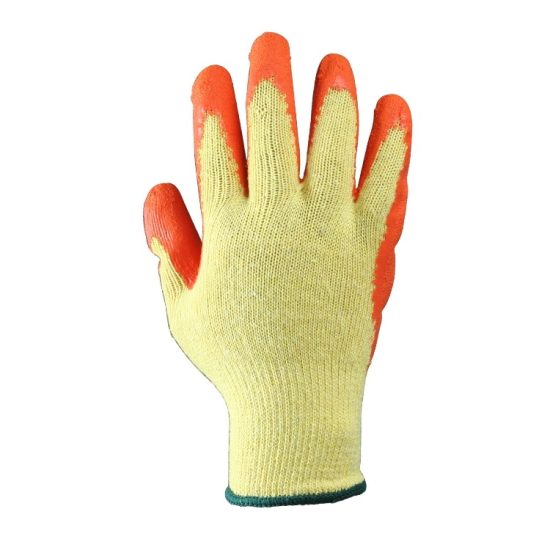Proper maintenance of rubber coated gloves is essential for extending their lifespan, preserving their functionality, and ensuring optimal performance. This article provides a step-by-step guide on how to effectively maintain your rubber coated gloves:
- Cleaning: Start by rinsing off any dirt, debris, or chemical residues from the gloves. Use mild soap or a designated glove cleaner and warm water to gently clean the surface. Avoid using harsh chemicals or solvents that may degrade the rubber coating.
- Drying: After cleaning, thoroughly dry the gloves. Wipe them with a clean cloth or hang them in a well-ventilated area away from direct sunlight or heat sources. Ensure the gloves are completely dry before storing or using them again.
- Inspection: Regularly inspect your rubber coated gloves for signs of wear, damage, or deterioration. Check for any cuts, tears, or thinning areas in the rubber coating. Also, examine the seams and the condition of the lining. If you notice any significant damage, it may be time to replace the gloves.
- Storage: Store your rubber coated gloves in a cool, dry place away from direct sunlight, moisture, and extreme temperatures. Avoid folding or compressing them, as this may cause creases or damage to the rubber coating. Consider hanging them or storing them in a glove bag or designated container to maintain their shape.
- Avoiding Chemical Exposure: While rubber coated gloves are designed to provide chemical resistance, prolonged exposure to certain chemicals can still degrade the rubber coating. Avoid exposing the gloves to chemicals that are known to be incompatible or corrosive to rubber. If you frequently handle specific chemicals, consider using gloves specifically designed for those substances.
- Proper Handling: Follow proper glove usage guidelines and techniques when wearing and removing your rubber coated gloves. Avoid using excessive force, as this can strain or damage the gloves. Use caution when handling sharp objects or rough surfaces to prevent punctures or abrasions.
- Regular Replacement: Rubber coated gloves have a limited lifespan. Monitor their condition and replace them when necessary, especially if they show signs of significant wear, loss of grip, or decreased protection.
By following these maintenance practices, you can keep your rubber coated gloves in optimal condition, ensuring their longevity and maximizing their performance in various tasks and environments.


